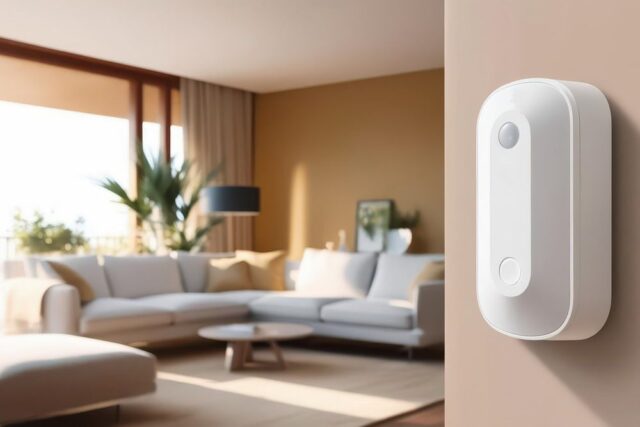Motion sensors have been a part of electronic security for as long as I can remember. But in the old days of wired security systems and CCTV cameras, motion sensors offered limited functionality. Those days are long gone. The humble motion sensor has grown up in the smart era. It’s now capable of so many more things.
Vivint Home Security offers a pretty good guide on motion sensors, how they work, and why you might install them. You can check it out here if you’re interested. Otherwise, I will borrow some of the more salient points and use them as a basis for this post.
Also take note of the fact that I won’t distinguish between home automation and home security in this post. The two have been pretty much combined into a single entity at this point. If you’re investing in one, you are likely investing in both.
Motion Sensor Basics
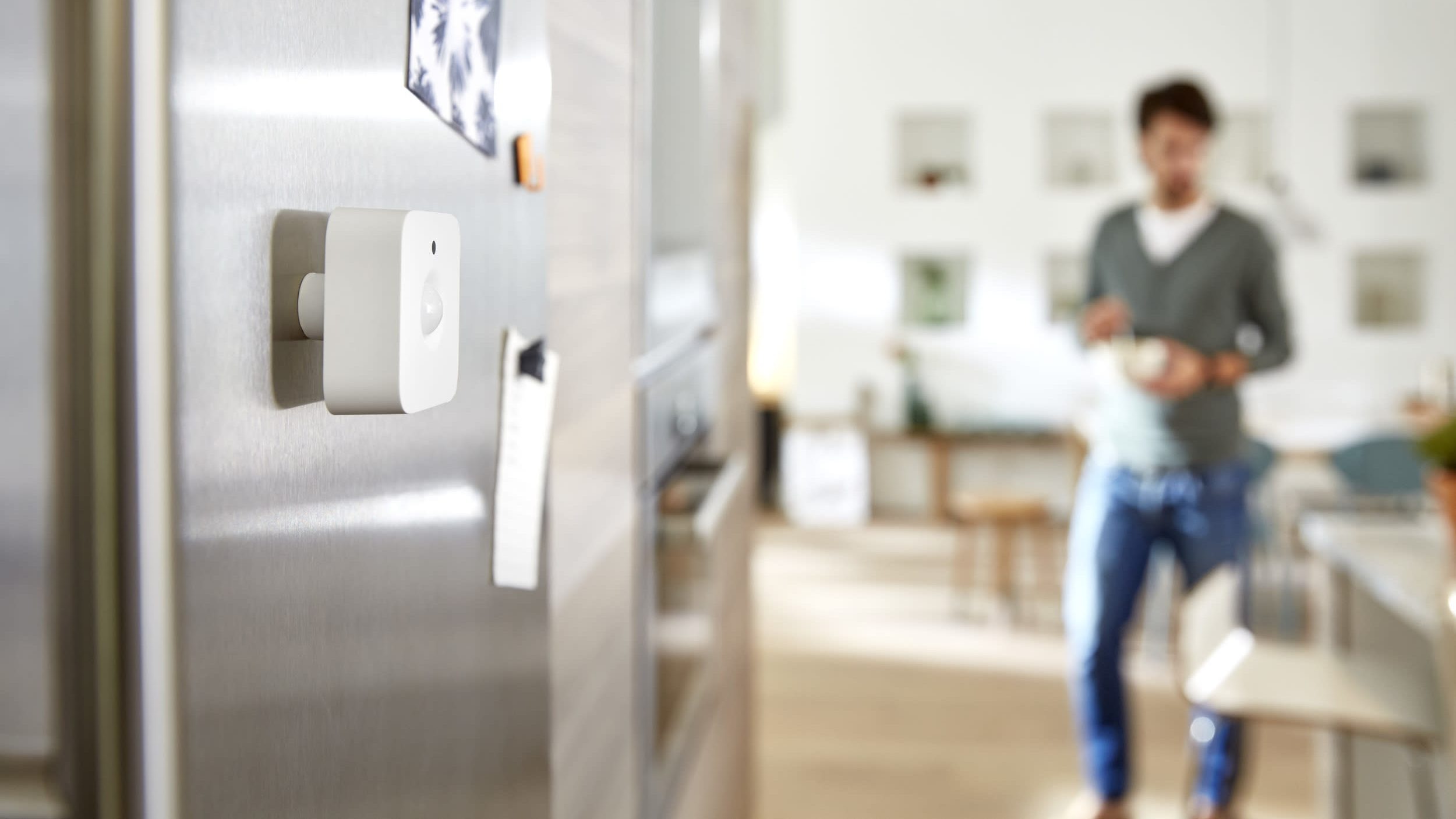
A motion sensor is an electronic device it does exactly as its name implies: it senses motion. How it does so depends on its design. The most common design relies on infrared radiation typical of objects that emit heat. So, a human being or pet in your home could be identified with one of these sensors.
Known as passive infrared sensors (PIRs), these devices are fairly cost effective and easy to install. They are well suited for indoor environments as well. The one downside to PIR technology is its susceptibility to false alarms. For example, temperature changes inside a home can affect how a PIR sensor reacts to motion.
Alternatives to PIR sensors include:
Microwave Sensors – These devices emit microwaves and then measure them as they bounce back.
Ultrasonic Sensors – These devices detect movement by emitting high frequency sound waves and then measuring them on their return.
Tomographic Sensors – Tomographic sensors represent the cutting edge of motion sensor technology. They rely on radio waves to detect electromagnetic changes related to movement.
It’s possible to invest in motion sensors that use multiple technologies simultaneously. You would spend more, but the extra expense might be worth it in isolated cases.
Common Security Applications
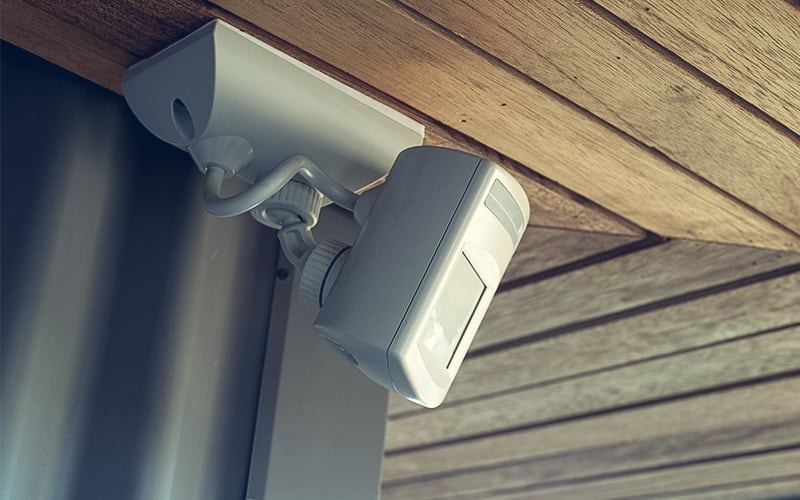
As for why people purchase and install motion sensors, there are numerous reasons. Let’s begin with home security. In a home security setting, motion sensors can act as an early warning system when someone is approaching the house. A triggered sensor can send an alert to the homeowner’s smartphone or a remote monitoring station.
Exterior motion sensors can also be utilized to trigger video cameras and exterior lighting. Both features can act as deterrents by alerting burglars to the fact that they are being watched.
Indoors, motion sensors can detect unauthorized intrusion when burglars bypass other security features. They can also trigger video cameras to gather evidence of a crime in progress. In the old days, motion sensors were tied to CCTV cameras so that the cameras did not have to record endless hours of no activity.
Home Automation Applications
If I’m honest, I am more excited about motion sensors as home automation devices. I get the security aspect, but I see video cameras, door sensors, and window sensors as more effective against unauthorized century. Employing motion sensors for home automation offers so many more possibilities.
Let’s start with something as simple as lighting. It’s great to program a smart lighting system to automatically turn lights on and off at certain times throughout the day. But none of us live our lives according to such rigid schedules. Integrating motion sensors with smart lighting fills the gap.
A strategically placed motion sensor can turn the kitchen light on as soon as you enter the room. The moment you leave, that same sensor switches the light off. With motion sensors, you’ll never touch your wall switches again. You’ll also never have to worry about lights being on in a vacant room.
Consider some other possibilities:
Locking the Front Door
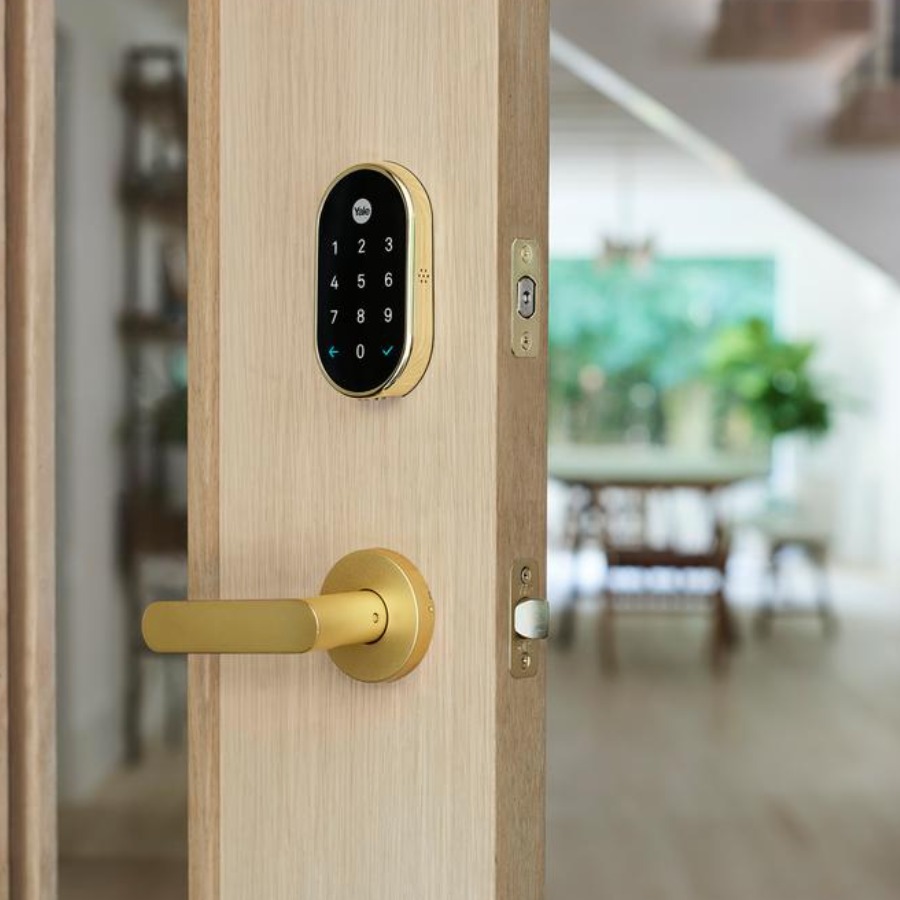
With an expandable home automation platform, you can link a motion sensor event to any device connected to your smart home system. Think of your front door with a smart lock installed. A strategically placed motion sensor can trigger the lock to automatically activate when you walk out the door.
Closing the Garage Door
Similarly, you could link a motion detector to your garage door. Create an event that triggers the system to monitor movement when the garage doors open. After so much time of no movement, the door can be closed automatically.
Modifying the Thermostat
For my money, the most exciting way to integrate motion sensors with smart home automation is to tie them to a smart thermostat. You need a thermostat with built-in AI capabilities to make this work.
Motion sensors located around your home can collect data that helps the thermostat artificially learn your normal routine. You can program your thermostat and then let it alone to learn based on sensor data. As it does, it automatically modifies its own programming to make the most efficient use of your HVAC system.
There Is a Learning Curve
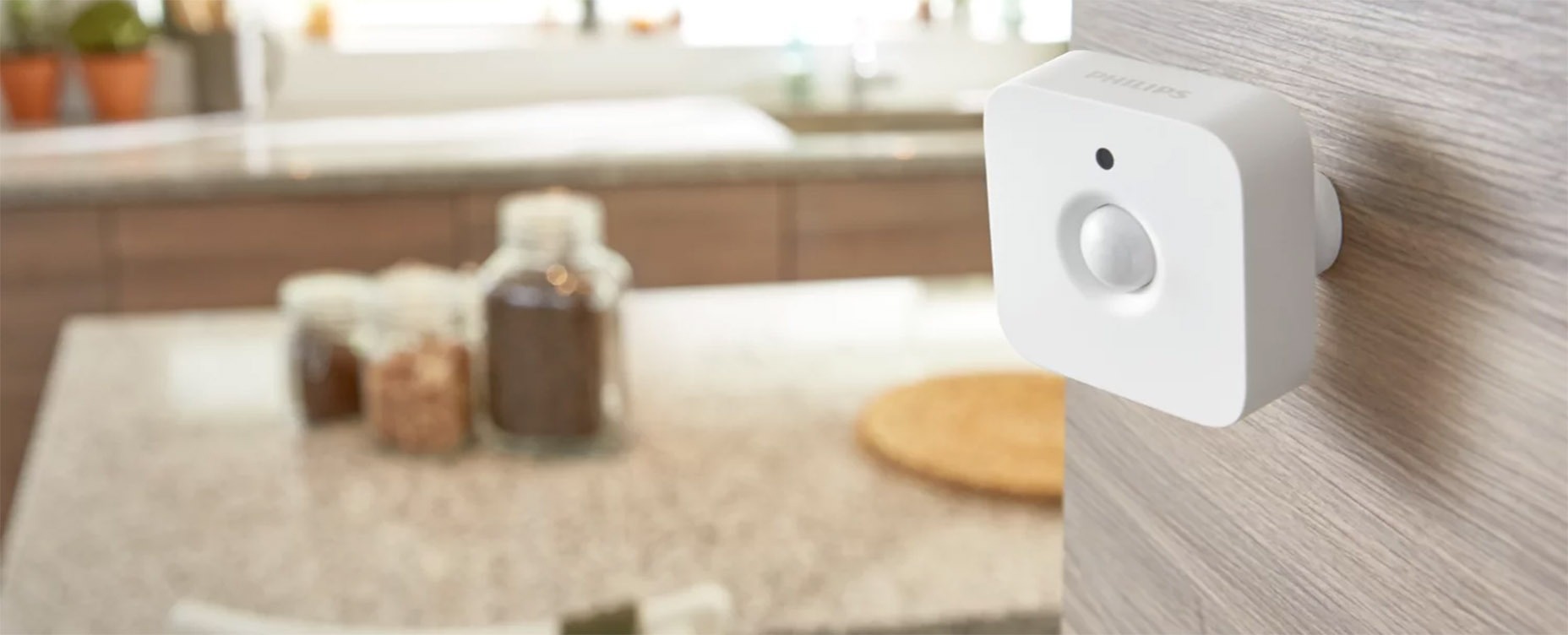
As excited as I am about motion sensors and their capabilities, I have to acknowledge that there is a learning curve involved with using them. Motion sensors are by no means perfect. They won’t always work as intended. It might take some time to set up a system to work the way you want it to. There may be some trial and error involved.
Personally, I would never rely exclusively on motion sensors to detect unauthorized intrusion. Motion sensors linked to my smart lighting would be a supplement to programming rather than a complete replacement. Likewise, I would have backup systems in place for locking the front door and closing the garage.
The humble motion sensor has grown up in the smart era. And because it has, motion sensors are no longer just and after thought of home security. They can be deployed in a variety of ways to improve home automation.

